
Planetary Picture of the Day
Week of April 17, 2023
Total eclipse Down Under, the Sun as seen in h-alpha, and a cometary outburst.
Monday, April 17, 2023
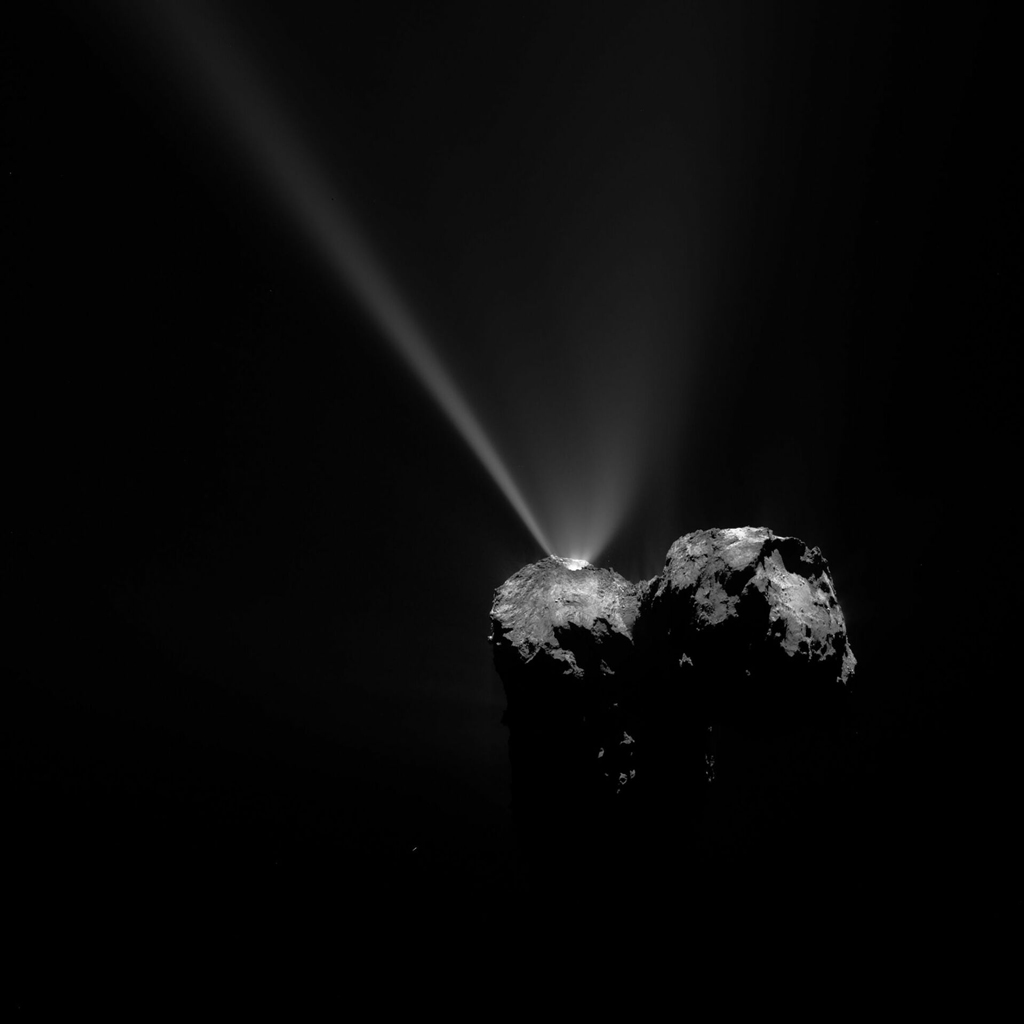
Comet 67P Outburst
ESA's Rosetta mission arrived at comet 67P on 6 August 2014. The spacecraft stayed at the comet for more than two years to study the surface and physical processes in detail. Rosetta observed the wake-up of the comet approaching the Sun, the peak of activity at perihelion in August 2015, and the comet's retreat back into the outer Solar System.
In this image, we can see an outburst and jets of ice and dust from that peak of activity in August 2015.
Tuesday, April 18, 2023
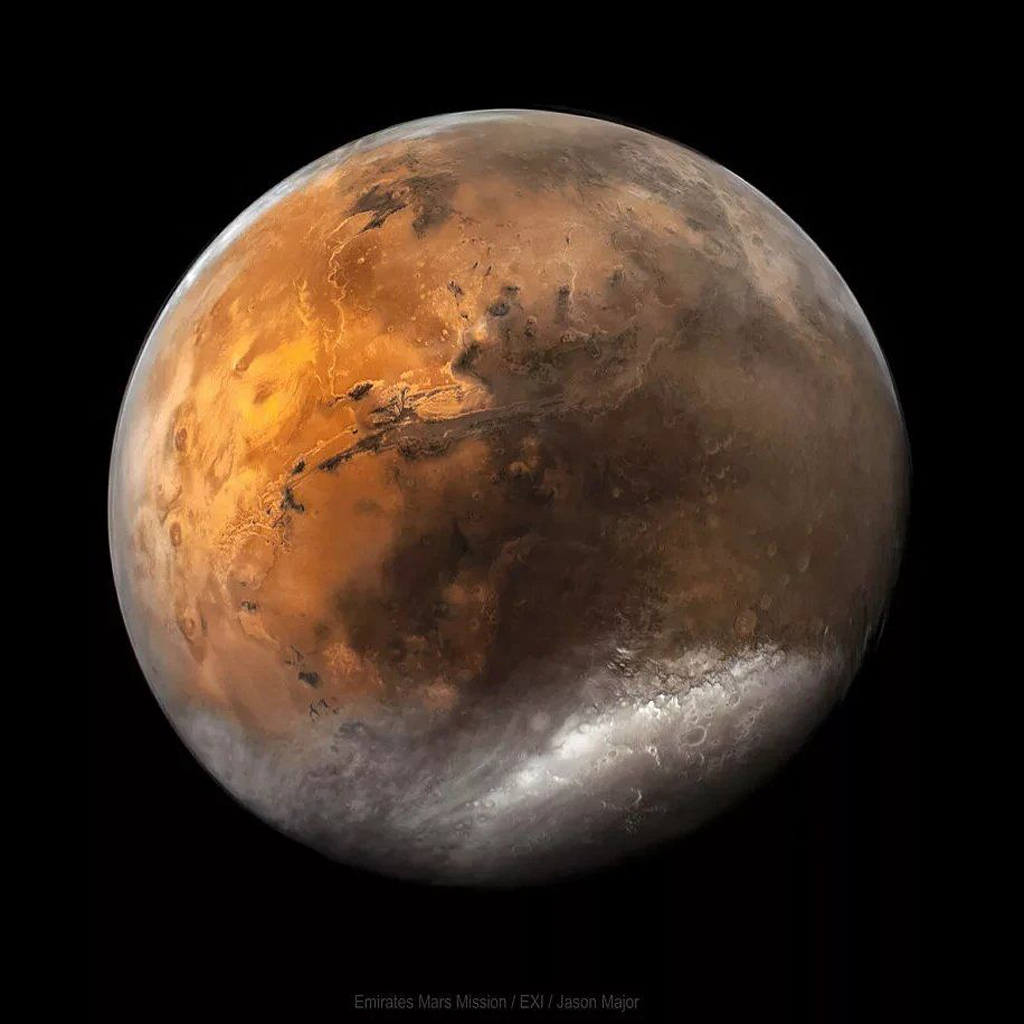
Mars from Hope
This image of Mars was taken by UAE's Hope Mars Mission and processed by community scientist Jason Major. The data was originally collected on 14 July 2022. Note the vast expanse of Valles Marineris and the gorgeous southern polar cap.
Wednesday, April 19, 2023
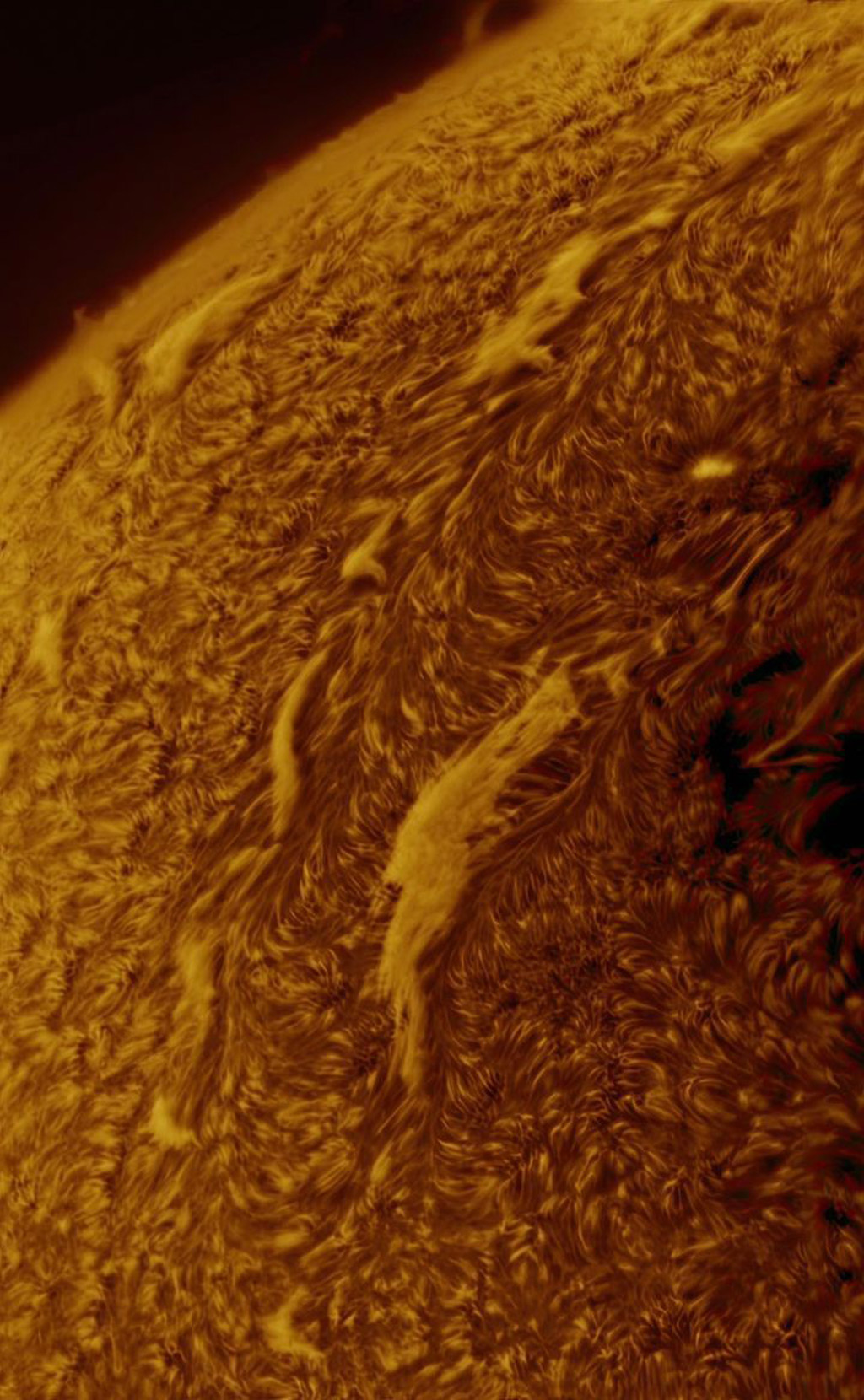
Sun in H-Alpha
The solar image is taken with a Hydrogen Alpha Telescope, which works by filtering out more blue wavelengths of light and focusing on the redder waves caused by the excitation of hydrogen atoms in the Sun's chromosphere. This method allows us to see details we wouldn't view otherwise. Astrophotographer Ioan Popa took this image using a Coronado SolarMax 90 III Single stack, combined with a DayStar Quark and a ZWO 174 camera.
Thursday, April 20, 2023
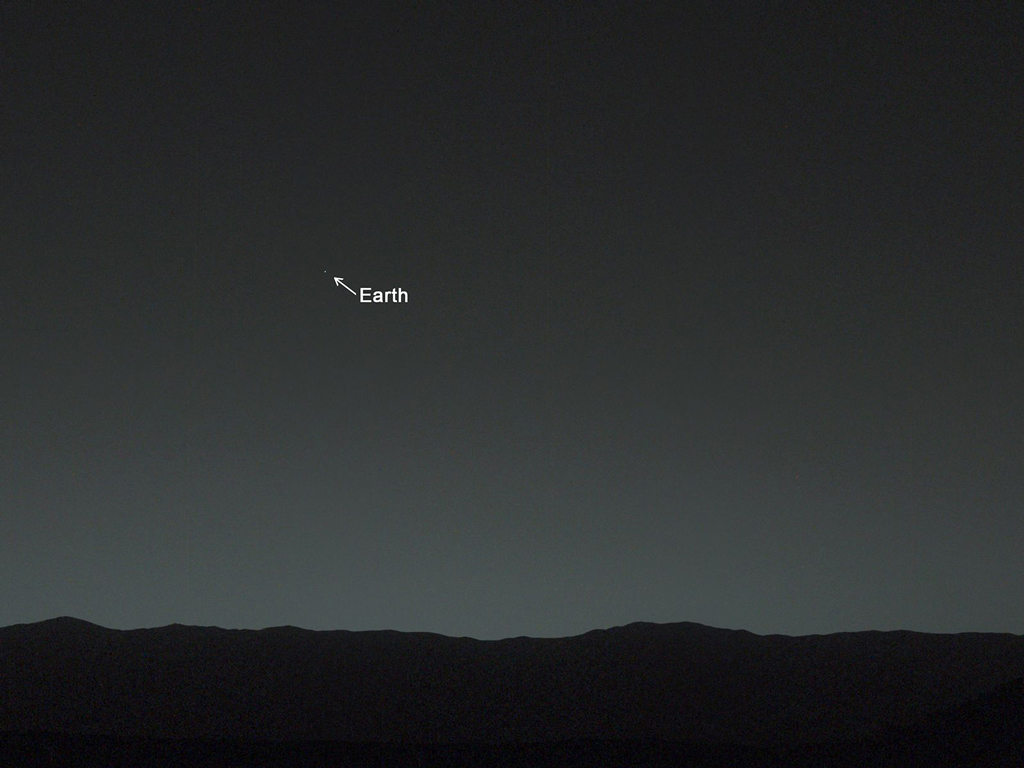
Earth from Mars
This photo from NASA’s Curiosity rover shows the Earth as seen from the surface of Mars, shining brighter than any star in the Martian night sky. The image has been processed to remove cosmic-ray effects. A human observer with normal vision, if standing on Mars, could easily see Earth and the moon as two distinct bright evening ‘stars’. When Curiosity took the photo, Earth was about 160 million kilometers from Mars.
Friday, April 21, 2023
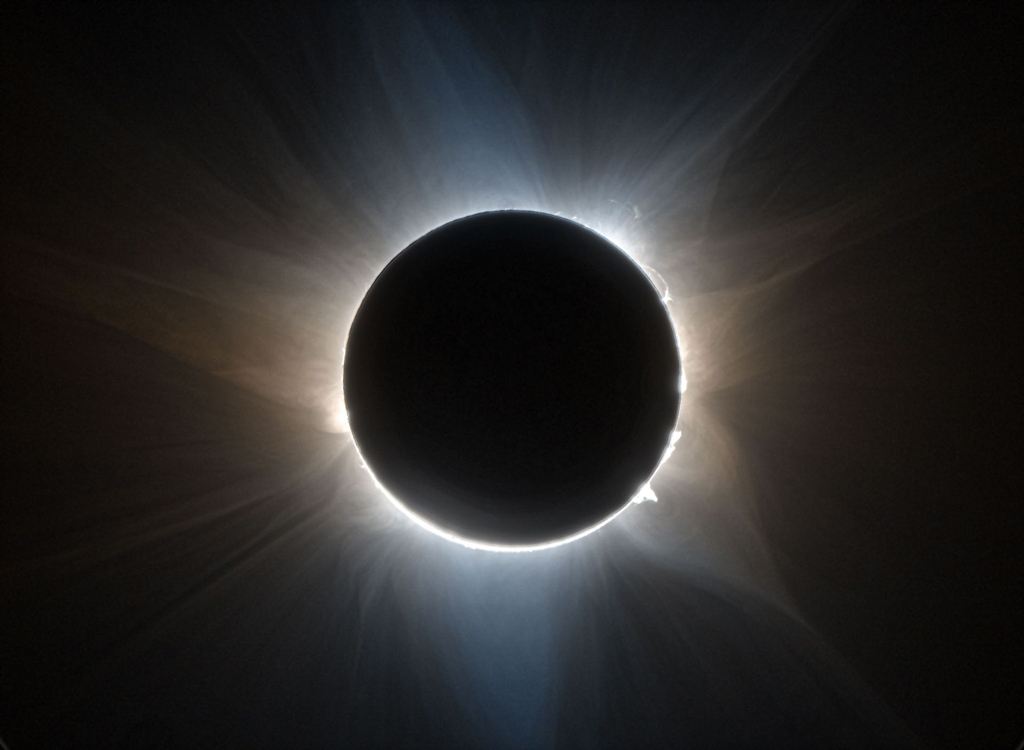
Solar Corona
The Citizen CATE 2024 project produced this false color image of the solar corona during the 2023 total solar eclipse from Exmouth, Western Australia. The image combines two crossed polarization angles, indicated by color. Prominences, loops and streamers are easily visible in this high-resolution image.





